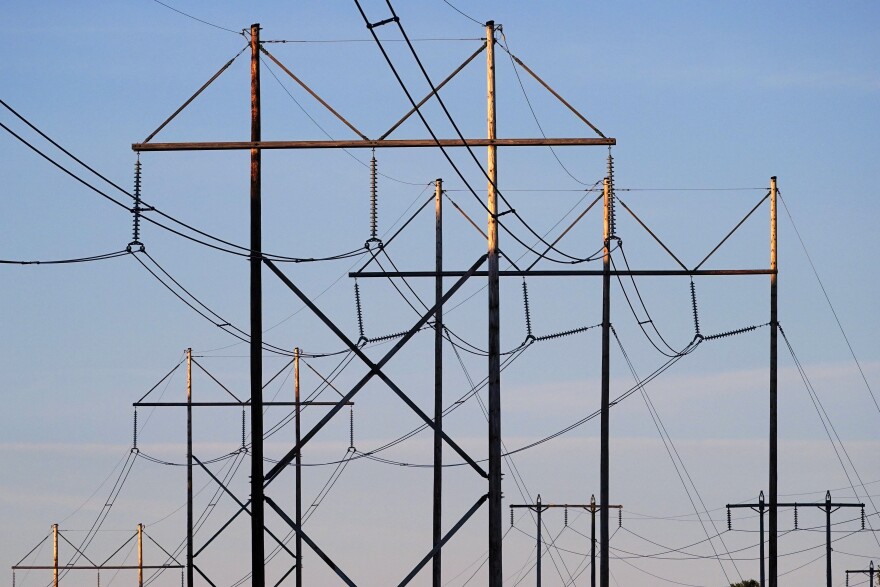Critics of the Pine Tree Power campaign say the transition to a statewide public electric utility is impractical. But it has been done elsewhere. Nationwide, nearly 50 million Americans are served by public power, and a number of municipal and cooperative power systems are sprinkled across Maine.
The state of Nebraska has had a public power system in place for more than 70 years, which evolved from the rural electrification movement. And Nebraska is similar to Maine in some ways.
Most of Nebraska’s nearly two million residents live in urban areas, in Lincoln and Omaha, while the rest of the state is quite rural. And it has harsh winters and weather events that stress the electrical grid infrastructure. But, as a prairie state, it has fewer trees to topple onto power lines, which is a perennial problem in Maine.
Nebraska's power system also differs from Maine in significant ways. Unlike Maine’s deregulated system–where the electrical supply is separate from the distribution and transmission–Nebraska power companies can both supply power and distribute it.
Another big difference is that about half of Nebraska’s power comes from burning coal. Coal has very significant climate impacts. But in Nebraska it also produces inexpensive power.
Nebraska’s power system gets better marks than Maine's on cost and reliability. Proponents say it also provides local accountability. Among them is Shelley Sahling-Zart, the administrator of the Nebraska Power Association and general counsel of Lincoln Electric System, one of the state’s 166 electric utilities of various sizes.
Sahling-Zart feels the system gives authority for local board members to make local decisions.
“They're answering for the decisions they make to their neighbors and friends in the grocery store and in church, and at their kids’ ball games and throughout their community" Sahling-Zart says. "So they’re accessible and they’re here. And I think when you have investor-owned utilities that is not always the case.”
Maine's public power system, however, would not be run by local officials but by a state board of 13 members, 7 of them elected.
Some critics feel that the appointed or elected boards of the power districts are vulnerable to political influence. And there have been a few unsuccessful attempts to take the public system private. This came up most recently in 2017 when a pair of legislators introduced a privatization bill. Opponents packed the committee hearing, and the committee killed the bill in an 8-0 vote.
Although Nebraska is the only state entirely served by public power, some other systems are actually larger, meaning they serve more customers. The Los Angeles Department of Water and Power, for example, serves more than four million people.
Ursula Schryver, of the American Public Power Association, says there are roughly 2,000 public power utilities which serve about 49 million Americans.
“Some of the largest cities are served by public power, such as Los Angeles, Seattle, San Antonio," Schryver says. "But the vast majority of public power utilities are smaller, with about 80% serving communities of 10,000 or fewer.”
In Maine, there are municipally owned electrical systems in Houlton, Kennebunk, Madison and Van Buren. And there is Eastern Maine Electrical Cooperative based in Calais, and other coops serving islands including North Haven and Vinalhaven.
The bottom line is that public power has a long history of service. That’s at a statewide level in Nebraska, at the city level in places like Los Angeles, and in smaller communities in places like rural Maine.
But Schryver, of the American Public Power Association, says it’s rare for a private system to transition into a public one, and the process is long and requires commitment. She says only 18 utilities have transitioned to public ownership over the last 20 years.



